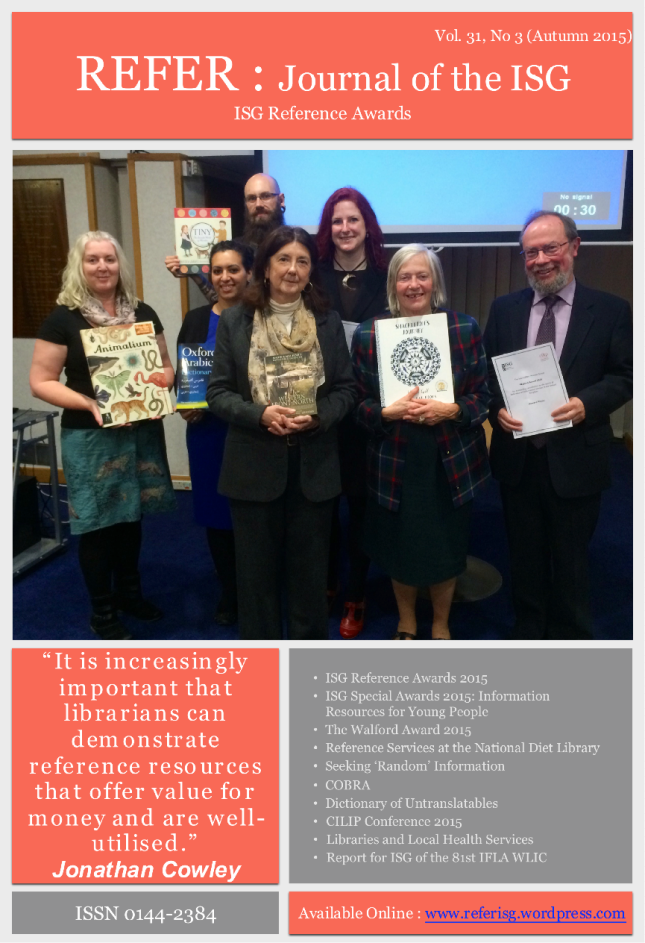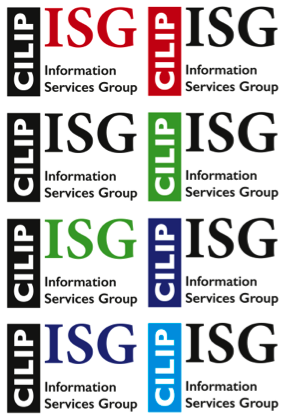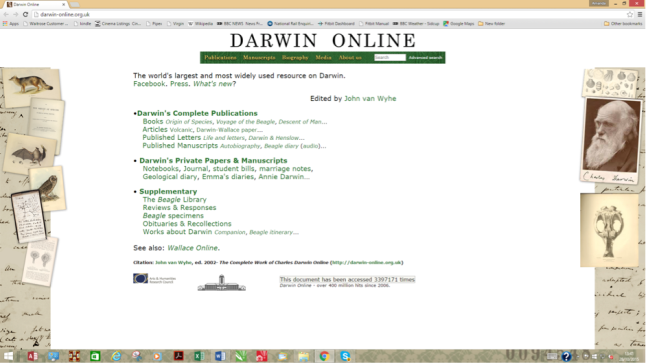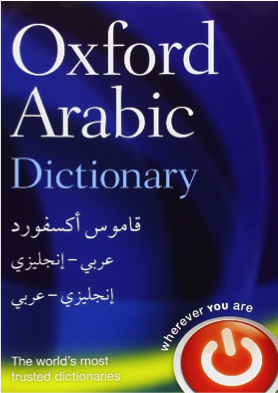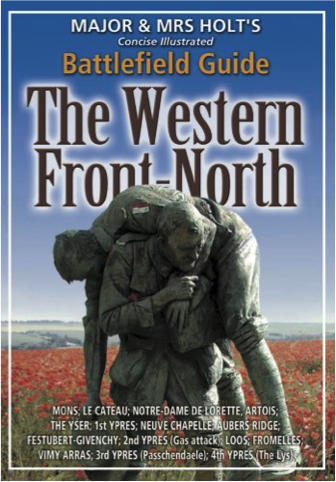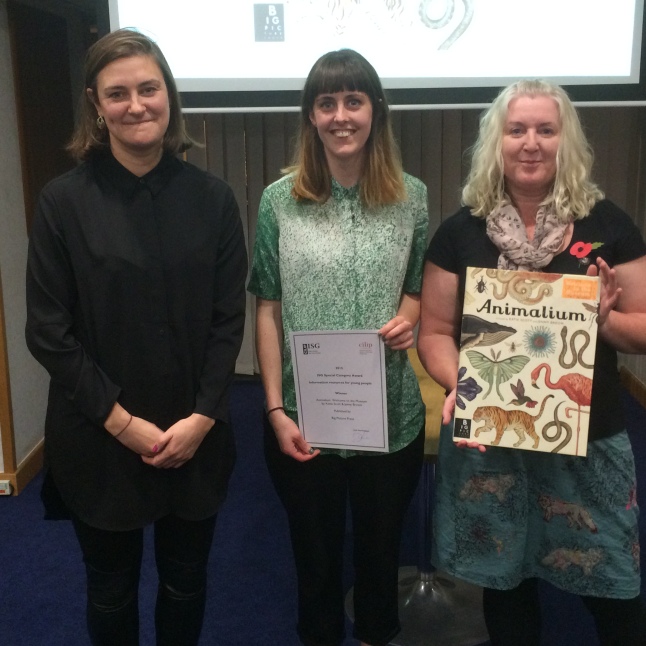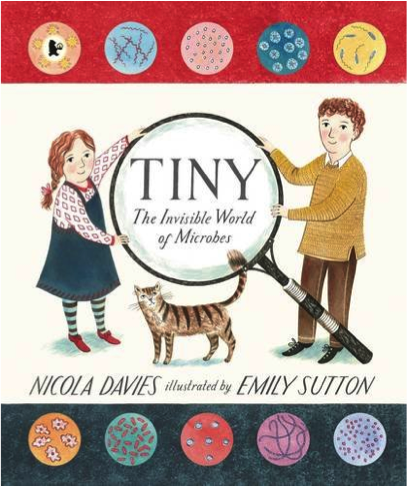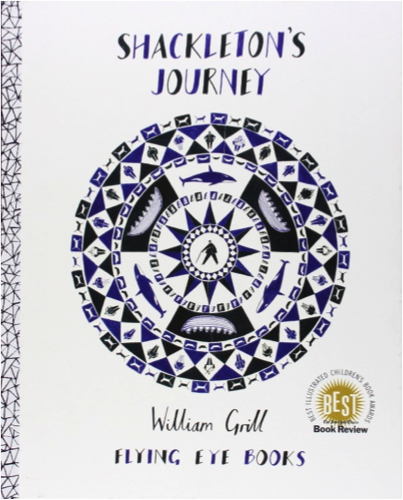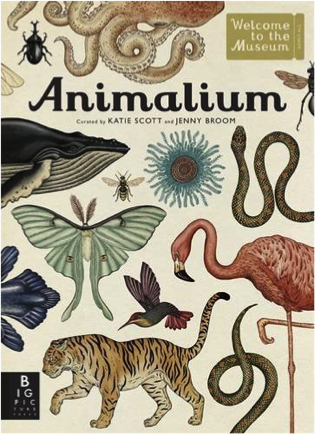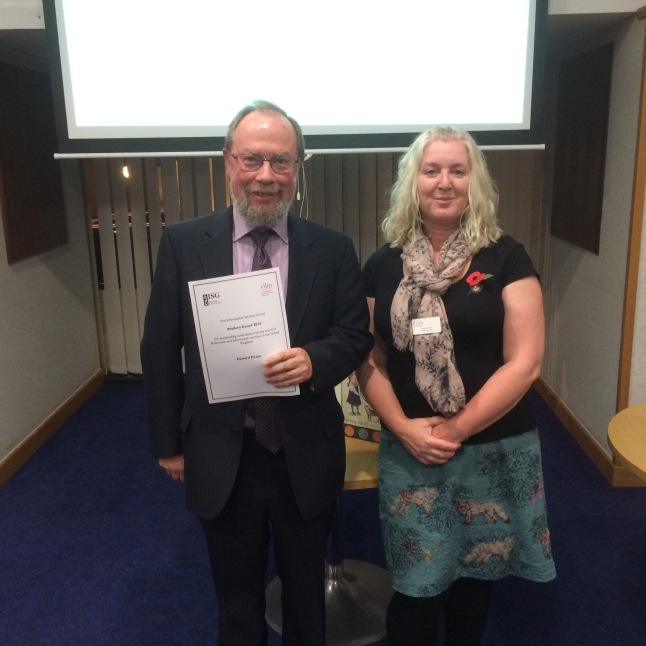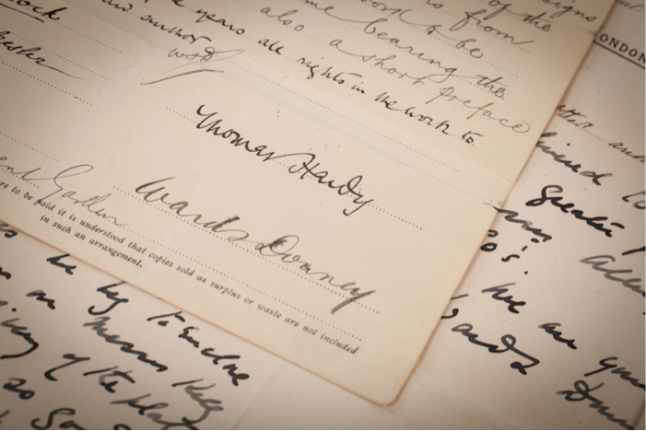Yuriko Wantanbe, National Diet Library Japan
In the winter of 2013, I visited a number of libraries in Europe and the U.S. to interview librarians about their current reference services. As a member of the Reference Planning Section at the National Diet Library (NDL), I have been involved in the planning of reference services to meet the needs of patrons who access the NDL via the Internet, and I was particularly interested in how these libraries overseas provide digital reference services to remote patrons. Through these interviews, I identified several differences between the NDL’s current services and those of libraries overseas, which led me to think about what the best way forward for the NDL and libraries all over the world would be. In this article, I would like to provide an overview of our reference services and the differences between the NDL’s approach and that of other national libraries as well as present an introduction to one of our new services.
- Our reference services
The NDL was established in 1948 as the sole national library in Japan as well as a research library serving the National Diet of Japan. Under the legal deposit system, publishers are required by law to send the NDL copies of all new publications in Japan. The NDL has also offered reference services to onsite patrons since our establishment. We have gradually expanded our target users and services to the point where we currently offer:
- Onsite reference services
Information Centres and Special Materials Rooms at our facilities, where we offer reference services directly to our patrons using our collections of library materials and databases.[1]
- Reference services for libraries via web form
We accept reference questions via a web form accessible only to registered libraries or individual patrons overseas.
- Reference service by telephone
We accept questions regarding our materials and provide general information by telephone. Only questions that can be answered immediately are accepted by telephone. Sometimes patrons ask for the location of the material they wish to view before coming to the NDL, and we search our database to provide this information by phone.
The means and target of our reference service
| target
service |
Individuals in Japan |
Libraries in Japan |
Individuals and libraries overseas |
| web form |
NA* |
Full service |
Full service |
| Telephone |
Simple inquires only |
Simple inquires only |
Simple inquires only |
| Onsite |
Full service |
Full service |
Full service |
*NA: Not applicable
It might seem strange that we do not accept inquiries via website from individuals in Japan. Essentially, this means that when patrons call to ask where to find a particular article of a magazine, we ask them either to come to the NDL and look up the material themselves or go to a nearby library and ask the librarian to submit the inquiry via web form.
Flow of reference service for individuals in Japan
| Patron |
|
local library |
|
National Diet Library |
Of course, I would not be surprised if this seemed strange to librarians overseas. In fact, while visiting 30 libraries in 6 countries throughout EU and North America, I found that all the libraries I visited offer digital reference services to their patrons as well as handle inquiries from patrons directly. Some libraries currently offer reference services via chat. The following is a table of methods used to provide reference services at the National libraries I visited.
Methods of reference services at National libraries, as of December 2013
| Means
Library |
Web form |
E-mail |
Telephone |
Chat |
| National Library of Norway |
Full Service |
Full Service |
Full Service |
NA |
| Royal Library of Denmark |
Full Service |
Full Service |
Full Service |
NA |
| British Library |
Full Service |
NA |
Full Service |
NA |
| National Library of France |
Full Service |
Full Service |
Full Service |
Full Service |
| National Central Library of Rome |
NA |
Full Service |
Full Service |
NA |
| Library of Congress |
Full Service |
Full Service |
Full Service |
Full Service |
| National Diet Library, Japan |
Only From other libraries |
NA |
Full Service |
NA |
Why doesn’t the NDL provide digital reference services directly to our patrons? Although we have considered it, our current stance is that a national library has its own special role to fulfill, and if a question can be handled by other libraries, it is better for us to refer patrons to those other libraries first, so that we may concentrate on questions that other libraries are unable to answer. Moreover, with the solidification of interlibrary cooperation in Japan through initiatives like the Cooperative Reference Database[2] project, this system has been working well. Other national libraries also have similar policies. For example, on the Ask a Librarian website of the Library of Congress, there is a note saying that the LC suggests “you consult your local library first.”[3]
However, there are many materials that are held only by the NDL, which often makes this detour just an inconvenience for patrons. Thus, we have started reviewing our reference services.
- Photoduplication services for remote patrons
Before moving to the replanning of our reference service, I would like to explain about our photoduplication services for remote patrons. Remote users can request photoduplication service via our website using our online database. When requesting this service, users must specify the title of the material, the volume or issue number for periodicals, and the page numbers (or, if not available, the title of the article). We accept a very large number of photoduplication requests every year. In 2013, we accepted more than 254 thousand requests. In contrast, the British Library accepted some 560 thousand requests in 2014.[4] Considering the differences in the size of collections—40 million for the NDL, 150 million for the BL[5]—and how few places there are in the world where Japanese is spoken, you might wonder why the NDL receives so many requests.
Although we don’t really understand why we receive so many requests, here are some likely reasons:
-There are no other large libraries in Japan.
-Our copying fees are rather low compared to that of other countries.
Irrespective of the reason, the fact is that we get many photoduplication requests, and patrons who do not know the exact location of the article they want generally ask us to search for them, but to do so, patrons had to go to a nearby library and ask the librarian to submit us the inquiry via web form. Despite this inconvenience, however, we receive a large number of these type of inquiries.
- Review and planning of new reference services
In 2013 we formulated a policy on Reference Services for the Future based on statistical analysis of past reference services. Looking back on reference services in the past, we found that the number of inquiries from libraries about where to find a specific reference material as well as those requesting simple fact checking had fallen dramatically. On the other hand, we continue to receive a certain amount of questions about where to find specific articles.
Changes in requests from remote patrons to the NDL for reference services[6]
|
Telephone |
Web form |
|
2006 |
2013 |
Change |
2006 |
2013 |
Change |
Referring to documents for a
specific topic |
1,660 |
820 |
-51% |
923 |
290 |
-69% |
Referring to other institutions
treating the specific subject |
567 |
255 |
-55% |
68 |
5 |
-93% |
| Researching of simple facts |
1,641 |
644 |
-61% |
524 |
284 |
-46% |
| Searching articles |
911 |
542 |
-41% |
2751 |
2,262 |
-18% |
| Search for specific items in the NDL |
18,369 |
10,854 |
-41% |
1,508 |
512 |
-66% |
| Search for location of items held in other institutions |
1,124 |
557 |
-50% |
914 |
465 |
-49% |
| Use guide |
14,810 |
14,604 |
-1% |
1,682 |
1,893 |
13% |
One likely reason for these changes is that patrons are able to find information about an article on the Internet, which prompts them to want to read the whole article. As I mentioned before, inquiries about an article cannot be answered at a library that does not hold the material, so we thought that we should start a new service to search for articles.
- Research service of articles
In April, 2015, we instituted a new service called Research Service of Articles on a trial basis. The trial will continue for two years. This service is for patrons who are not sure where to find the article they wish to photodupulicate. Requests for this service must include the following information: ID, patron name, email address, title of the material, call number, title of an article, publication year for magazine. We use this information to find the material and provide the patron with a volume or issue number and page of the article within 3 days. As of May 15, we have accepted and fulfilled 179 inquiries.
Can this Research Service of Articles legitimately be called a reference service? Opinion on this matter is divided, just as opinion has always been divided about how to define the term reference services itself.[7] No matter what to call this service, the number of request shows that this is the one needed by our patrons.
- Future
While we have not fully opened the door to direct inquiries from patrons via a web form, we do provide many Search Guides on the Internet[8] and our librarians travel throughout Japan to give lectures to local librarians about our databases and useful tools for reference service. This interlibrary cooperation is our strength and we need to continue developing it. After two years of planning, we would like to build up a better reference system that is suited to our society.
[1] The NDL consists of 3 buildings: Tokyo main library, Kansai-kan and the International Library of Children’s Literature. Reference services are offered in each building.
[2] “Cooperative Reference Database” National Diet Library, http://crd.ndl.go.jp/reference/
[3] “Ask a Librarian” Library of Congress, http://www.loc.gov/rr/askalib/ask-business.html (Accessed: 25 September 2015)
[4] Okumura, Makito, Structure of reading rooms and procedures at libraries in foreign countries, 2015, p.9.
[5] Some materials (ex. electronic materials and housing maps) are excluded from the photoduplication services for remote patrons in the NDL and BL has collection for Document Supply service so you cannot simply compare these libraries by the number of collection but you could have an idea of scale of these libraries.
[6] Nakano, Mari ‘Current status and challenges faced by reference services at the National Diet Library’ The Library Journal, 5(5), 2015, p.288.
[7] Rothstein, Samuel, The development of reference services through academic traditions, public library practice and special librarianship, Association of College and Reference Libraries, 1955, pp.42-44. Birdsall, William F., The myth of the electronic library, Greenwood Press, 1994, pp.85-86.
[8] As of December 2014, we have 1565 Search Guides. These guides are provided in our web site “Research Navi” (http://rnavi.ndl.go.jp/rnavi/). Only a few of them are translated and offered in the English version of the “Reserch Navi” http://rnavi.ndl.go.jp/rnavi/english.php. For details of the Search Guides, please see: Watanabe, Yuriko “Dissemination-of-information-model for reference services at the National Diet Library, Japan” in Ifla 2014(http://library.ifla.org/953/ ) (Accessed: 25 September 2015)
Refer 31 (3) Autumn 2015
